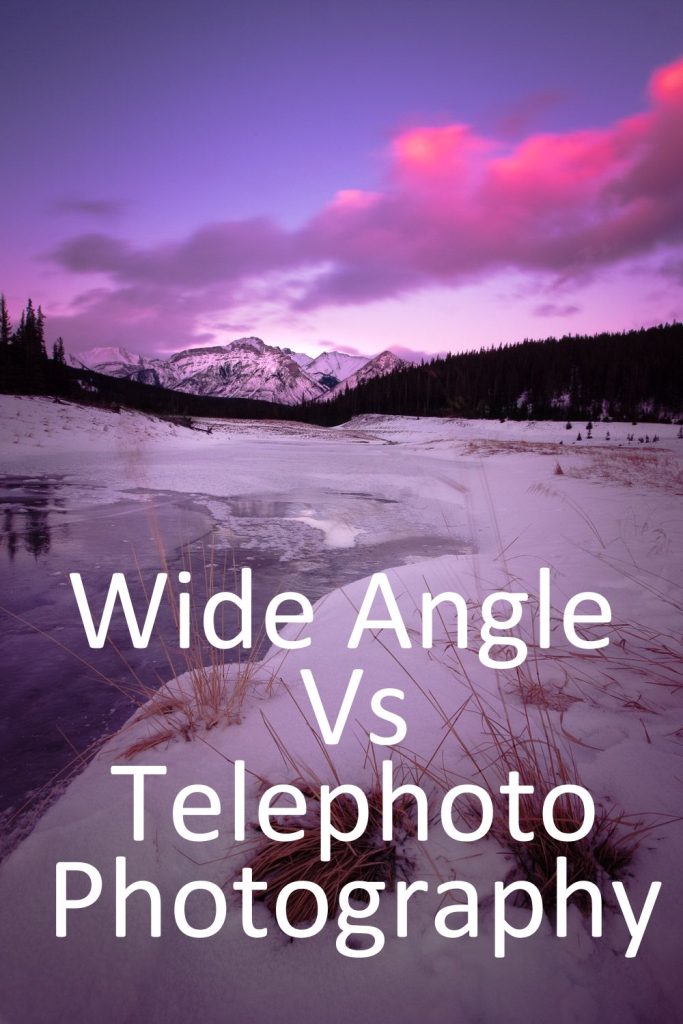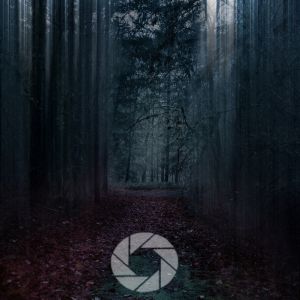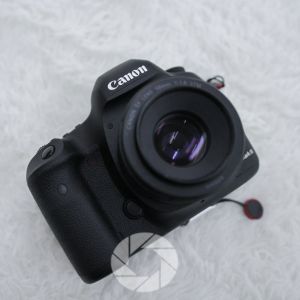
Wide angle versus telephoto photography is one of the most important comparisons you’ll make as a landscape photographer.
The lens you choose doesn’t just change how much of the scene fits in your frame — it changes perspective, depth, and even how your viewer feels when they look at the image.
If you’ve ever stood in front of a mountain range and wondered whether to capture its sweeping expanse with a wide angle or zoom in tight with a telephoto, you’re not alone.
This guide will walk you through the key optical differences between the two, explain how they impact your images, and help you understand which lens is right for the story you want to tell.
I receive a small commission from links in this post, thank you for your support
Understanding the Basics: Wide Angle Versus Telephoto Photography
What each lens reveals has a direct impact on your storytelling. Perspective in photography not only shapes how the scene is arranged in the frame, but also influences how your viewers feel when they look at it. Wide angle and telephoto lenses may capture the same subject, but they tell radically different stories.
Wide-Angle Lenses (≈14–35 mm)
A wide-angle lens captures an expansive field of view, pulling in more of the environment and emphasizing the relationship between foreground and background. Because of this, wide angles are ideal for immersive storytelling: they place your viewer “inside” the scene.
- Foreground emphasis: A rock, flower, or driftwood log placed close to the lens becomes a dominant anchor that leads the eye into the larger scene.
- Creates depth: Wide angles exaggerate the sense of space, making mountains feel further away and skies larger, which adds drama and scale.
- When to use: Sweeping landscapes, dramatic skies, or environmental storytelling where context matters just as much as the subject.
Discover Your Next Journey – These Tours are designed for people who connect with light and landscape.
Telephoto Lenses (≈60–400 mm+)
A telephoto lens compresses distance and isolates subjects. Instead of making you feel “inside” the scene, it gives you the power to frame selectively and highlight patterns that might otherwise go unnoticed.

- Compression: Layers of mountains, trees, or clouds appear closer together, creating moody, painterly effects.
- Isolation: Perfect for focusing attention on a single peak, a shaft of light, or a distant hiker, cutting away distractions.
- When to use: Capturing atmosphere, simplifying chaotic scenes, or spotlighting specific elements within a larger landscape.
Perspective Distortion Explained
The real difference between wide and telephoto isn’t just field of view; it’s called perspective distortion.
Wide-angle exaggerates distance between foreground and background (extension distortion), while telephoto flattens space (compression distortion) (Wikipedia). This difference influences emotional tone: wide feels expansive and exploratory while, telephoto feels intimate; a type of captive audience.
- Extension distortion (wide-angle): Objects closer to the lens look disproportionately larger, while the background appears farther away. This makes your scene feel expansive, but it can also exaggerate features unnaturally.
- Compression distortion (telephoto): By narrowing the field of view and magnifying distant objects, telephotos “flatten” space, making elements appear stacked and closer together than they really are.
This isn’t just optical physics; it’s emotional storytelling. Wide-angle distortion communicates openness, grandeur, or even isolation. Telephoto compression creates intimacy, mood, and rhythm, pulling viewers into details they might otherwise miss.
A Comparative Lens: Wide Angle Versus Telephoto Photography
| Feature | Wide-Angle Lens | Telephoto Lens |
|---|---|---|
| Field of View | Broad: captures sweeping vistas | Narrow: isolates specific subjects |
| Depth of Field | Deep: easy to keep foreground and background sharp | Shallow: great for subject separation |
| Perspective Distortion | Emphasizes distance, larger foreground elements | Compresses layers, flattens depth perception |
| Typical Use | Epic landscapes, context, immersive scenes | Isolated details, textures, moody abstractions |
Why Landscape Photographers Choose One…or Both
Wide-angle
Captures vast terrains, sweeping skies, and the tapestry of land. Think misty valleys, towering mountains, or forest canopies. Wide-angle makes us feel connected to the land’s expanse.

Telephoto

Reveals compressed layers of ridge, wave, or light that the eye rarely sees.
Telephoto gives gravity to abstraction; an intertwined story of shape, rhythm, and quiet tension.
Depth of Field: Clarity Versus Isolation
Depth of field (DOF) is one of the most powerful storytelling tools in landscape photography, and it behaves very differently depending on whether you’re shooting wide angle or telephoto.
Wide-Angle Depth of Field: Everything in Focus
Wide-angle lenses (14–35mm) naturally extend depth of field, which means more of the scene from near foreground to distant horizon stays sharp even at mid-range apertures.
This is why wide angles are so forgiving for beginners: if you shoot at f/8 or f/11, you’ll usually achieve tack-sharp focus across the whole frame.
Expansive DOF communicates clarity, scale, and immersion. It lets viewers “step into” the scene, from the rock at their feet to the mountains on the horizon.
An example of this is shooting at 16mm f/11, ISO 100, tripod-mounted. Focus one-third into the frame to maximize sharpness (the hyperfocal principle), capturing a foreground boulder, mid-ground lake, and distant ridges in acceptably sharp detail.
Telephoto Depth of Field: Isolation and Mood
Telephoto lenses (70mm and beyond) compress depth and inherently produce shallower focus. Even at f/11, a telephoto may blur out background layers while keeping only your subject razor-sharp. This is why telephotos are ideal for isolating subjects. For example a single autumn tree in a valley or a jagged ridge glowing at sunrise.
Shallow DOF allows you to simplify cluttered landscapes, transforming chaos into poetry by directing attention exactly where you want it. The softness in out-of-focus areas also creates mood, often more painterly than literal.
The Creative Choice
The decision between clarity and isolation is both technical and artistic. Wide angles invite your viewer to explore everything; telephotos invite them to focus on one thing. By consciously choosing how much to include in sharp focus, you’re deciding the emotional pathway for your audience.
Astrophotography Lens Choice
For night skies, wide angles (14–24 mm) are the go-to to capture vast stars, Milky Way arcs, meteor showers. Telephoto can isolate constellations or lunar details but offers very narrow framing; mostly supplemental, not the main tool.
Telephoto lenses and telescopes are used for deep space astrophotography, something I have yet to try.
Practical Differences You Won’t Learn from Just Specs
Composition & storytelling
- Wide-angle draws you into scenes; it wraps you in context, texture, environment.
- Telephoto pulls you into themselves, a ridge, a crest, a form that alone tells the story.
Emotion through compression
By layering light and shape, telephoto evokes intimacy such as warmth, quiet, nostalgia. Wide-angle evokes scale, awe, freedom.
Technical Tips: Elevating Your Wide Angle Versus Telephoto Photography
Use wide-angle when:
- You want immersive storytelling.
- Leading lines in foreground (rocks, driftwood, foliage) draw the eye inward.
- Emphasizing scale and environment.
Use telephoto when:
- You want to simplify a busy scene or isolate form.
- Light calls for layering; sunlit crest behind mist, compressing distance.
- You aim for abstraction such as shapes, tones, minimalism.
Addressing Distortion & Sharpness in Wide Angle Vs Telephoto Photography
Barrel distortion with wide lenses
Common near edges, especially in architecture, but often manageable or even used creatively, in landscapes.
Optical clarity
Wide-angle forgiving depth; telephoto demands careful focus. Use apertures around f/8–f/11 for sharpness across both types.
Review my post about 15 other issues that may happen while enjoying landscape photography.
Conclusion
Wide angle vs telephoto photography isn’t just about gear; it’s how you align lens with vision, place, and spirit. Whether you choose wide to envelop a scene or telephoto to distill it, each opens a different view of the landscape.
📸Learn for free!
➡️ FREE Wallpapers and Guides
➡️ DISCOUNTS on future Tours & Tutorials
➡️ TIPS for improving Your photography

I don’t share your Info with anyone. You can unsubscribe at anytime.
- Understanding the Basics: Wide Angle Versus Telephoto Photography
- Wide-Angle Lenses (≈14–35 mm)
- Telephoto Lenses (≈60–400 mm+)
- Perspective Distortion Explained
- A Comparative Lens: Wide Angle Versus Telephoto Photography
- Why Landscape Photographers Choose One…or Both
- Depth of Field: Clarity Versus Isolation
- Astrophotography Lens Choice
- Practical Differences You Won’t Learn from Just Specs
- Technical Tips: Elevating Your Wide Angle Versus Telephoto Photography
- Addressing Distortion & Sharpness in Wide Angle Vs Telephoto Photography
- Conclusion
- References
- 📸Learn for free!
References
- Digital Photography School – Wide-angle vs. Telephoto explained Digital Photography School)
- Fstoppers – When telephoto outperforms wide angle (fstoppers.com)
- Olympus – Telephoto compression layering (learnandsupport.getolympus.com)
- CaptureLandscapes – Telezoom for focused storytelling (capturelandscapes.com)
- Wikipedia – Perspective distortion theory (Wikipedia)






